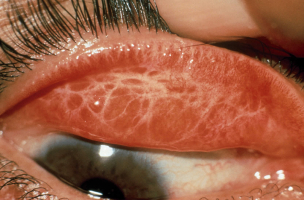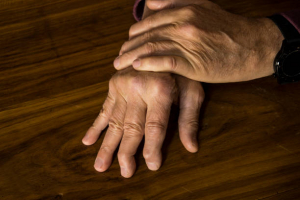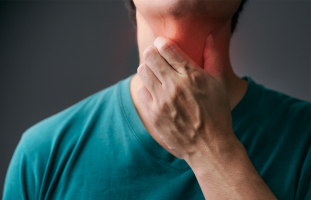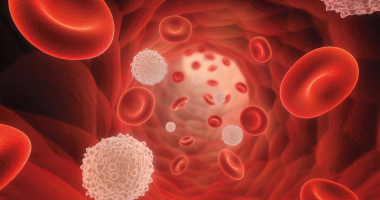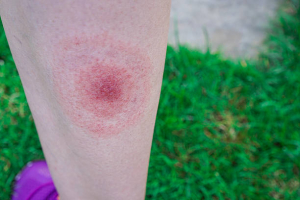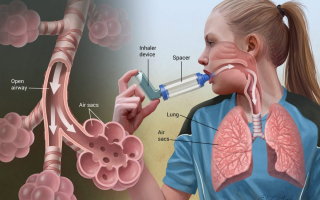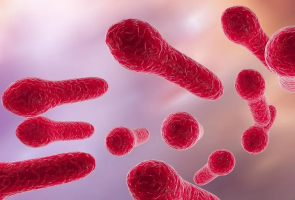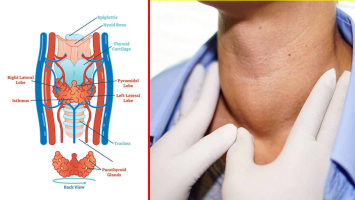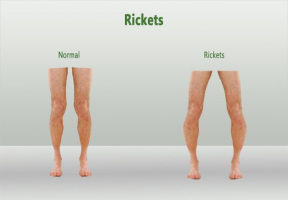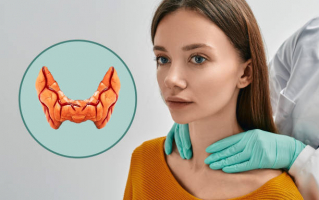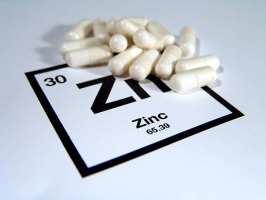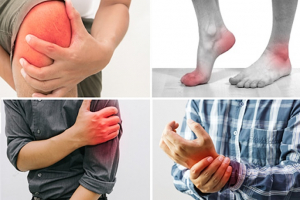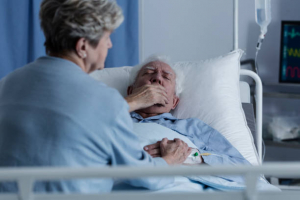Top 11 Symptoms of HIV
HIV is a sexually transmitted infection (STI). Additionally, it can be transferred through sharing needles, injecting illegal substances, and coming into touch ... read more...with infected blood. It can be spread from mother to kid while she is pregnant, giving birth, or nursing. Without treatment, it can take years for HIV to progressively impair your immune system to the point where you develop AIDS. To get more information about this illness, read this list of symptoms of HIV, and please remind that these symptoms can be so mild that you might not even notice them.
-
Swollen lymph nodes are diagnosed to be one of the common symptoms of HIV. An infection from bacteria and viruses, including HIV, can cause swelling of the lymph nodes. Because the infection reaches the nodes by lymph fluid, swelling results. Lymph nodes in the armpits, groin, and area around the neck are most frequently affected by HIV. Within a few days of contracting HIV, swollen lymph nodes may develop. After contracting the infection, it is possible to go up to several years without displaying any more HIV symptoms.
Healthy lymph nodes are typically invisible. They swell up and may resemble hard pimples the size of beans if there is an infection. Additional lymph nodes within the body may enlarge as the infection worsens. Other treatments could be able to reduce lymph node swelling. For instance, using warm compresses in conjunction with drugs may help you feel more at ease and less pain. Resting a lot could also help with discomfort and swelling. Over-the-counter pain relievers may also help. However, do not utilize these therapies in place of anything else; just as a supplement. Never substitute these treatments for HIV prescription drugs.
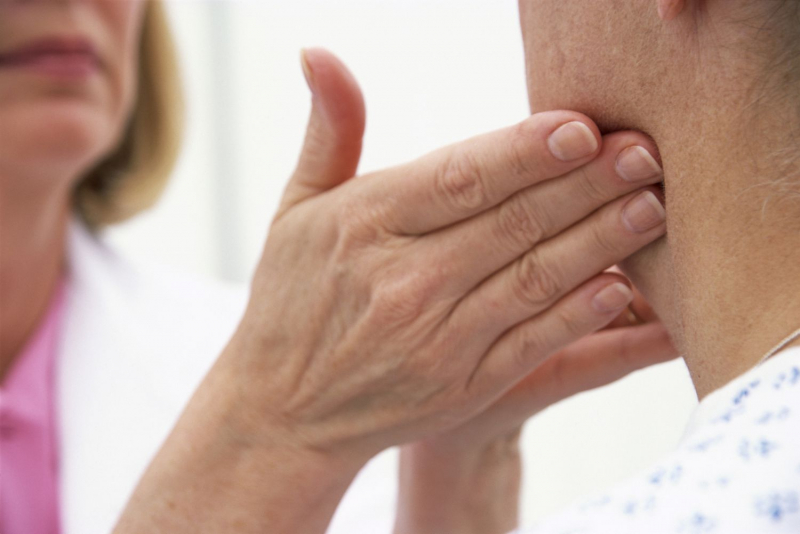
https://www.verywellhealth.com/ 
https://www.pbmchealth.org/ -
HIV can have varied effects on different persons, just like many infections. Someone who develops HIV may experience ongoing or sporadic symptoms. Additionally, the severity of their symptoms may range. The state of their general health, the HIV stage, and the actions they take to manage their condition can all have an impact on their symptoms.
Fever is one of the most typical symptoms of HIV. When the body temperature rises above normal, a fever develops. Fever associated with HIV can be brought on by numerous factors. Here are a few possible causes of fevers and when someone should get medical attention for one. There are numerous causes of fever in HIV-positive people. As part of a negative drug reaction, they may get a fever. Fevers can also be a sign of a wide range of illnesses unrelated to HIV, like the flu.
The source of the fever and the measures taken to treat it will determine how long it lasts. HIV's early stages might endure for months or even years. A person may develop sporadic fevers throughout that time that linger for two to four weeks. The length of an opportunistic infection-related fever will depend on the illness kind, the patient's response to therapy, and their general health.
Most fevers don't cause any real harm and go away on their own. Fever, however, may occasionally signal a dangerous condition that has to be treated. A healthcare professional can advise on the best course of therapy and assist in determining the origin of a fever.
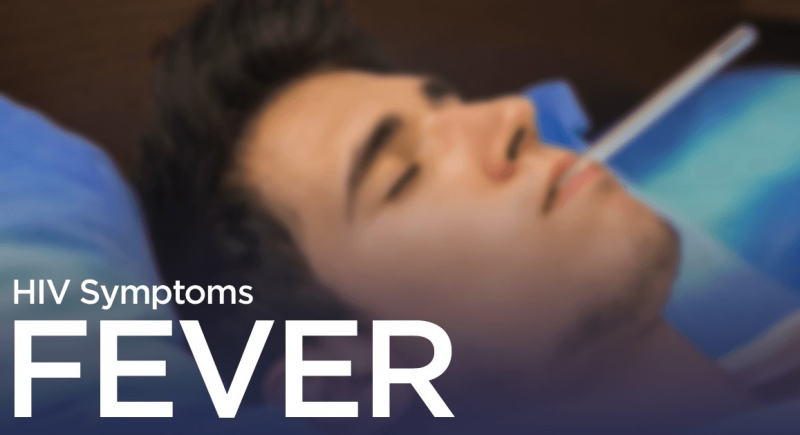
https://www.shimclinic.com/ 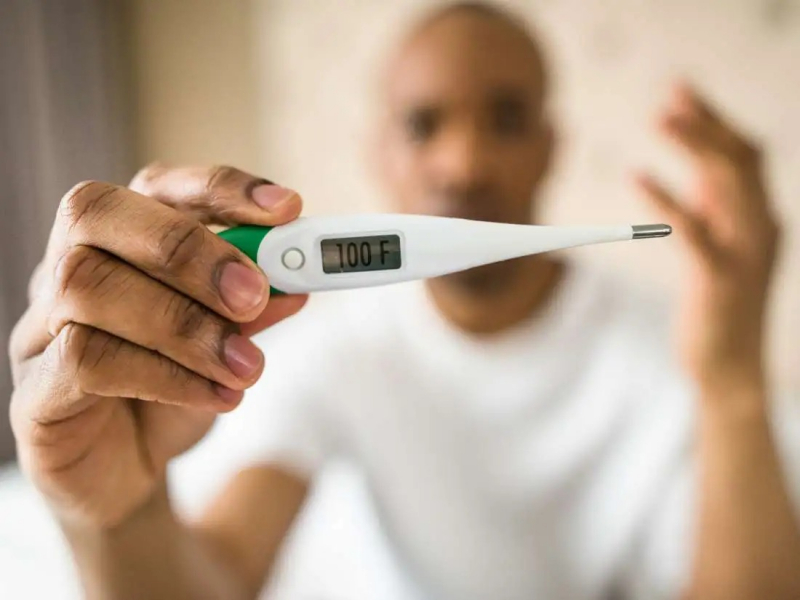
https://www.nhathuochongnhung.vn/ -
Night sweats are a frequent sign of many illnesses and diseases. They can even be caused by stress or new medications. They might also be an indication that you have HIV. The process through which your body fights sickness includes sleep. While you sleep, your body attempts to restore itself. Because of this, you frequently feel significantly better after a restful night's sleep. Additionally, it explains why your body may experience night sweats when attempting to battle a deadly illness like HIV. Typically, night sweats on their own are not an indication of HIV. In actuality, night sweats are not the sole HIV symptom.
HIV-related night sweats can happen at a variety of times. They frequently take place in the initial stage of HIV, referred to as the acute phase. The acute phase starts 2 to 4 weeks after HIV infection, according to the U.S. Department of Health & Human Services. You'll experience symptoms during this stage that are comparable to the flu and frequently include nocturnal sweats.
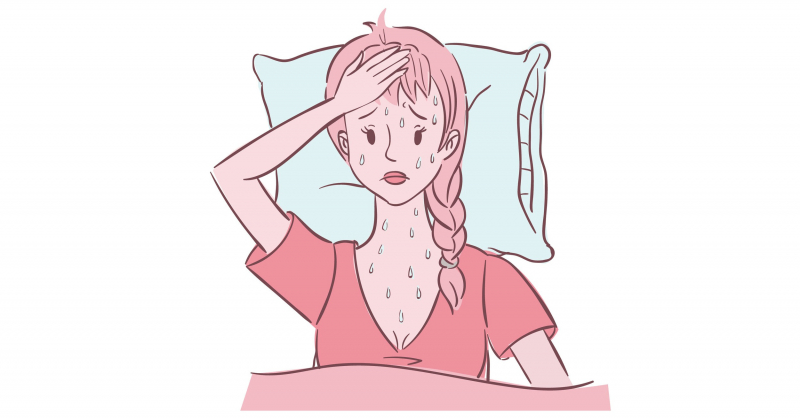
https://www.accqsleeplabs.com/ 
https://www.steadyhealth.com/ -
Extreme tiredness or exhaustion, which can occur at any time of the day and interfere with your capacity to perform daily duties, is referred to as fatigue. Patients with HIV frequently experience fatigue. Numerous physical and practical issues might contribute to exhaustion and alter how you feel about it. You can engage in activities that will aid in managing your fatigue.
Numerous HIV-positive individuals report episodic fatigue symptoms, which suggest that they may appear and disappear over time. Since variable energy levels can make it challenging to plan ahead, this can make weariness feel especially tough to manage. Low-level HIV-related inflammation can drain a lot of energy, even in those with an undetectable viral load. As a result of the body fighting so hard to fight HIV, weariness may start to set in. If you have a high viral load, you can be more prone to fatigue. The goal of HIV treatment is to lower blood levels of the HIV virus to undetectable levels.

https://www.livi.co.uk/ 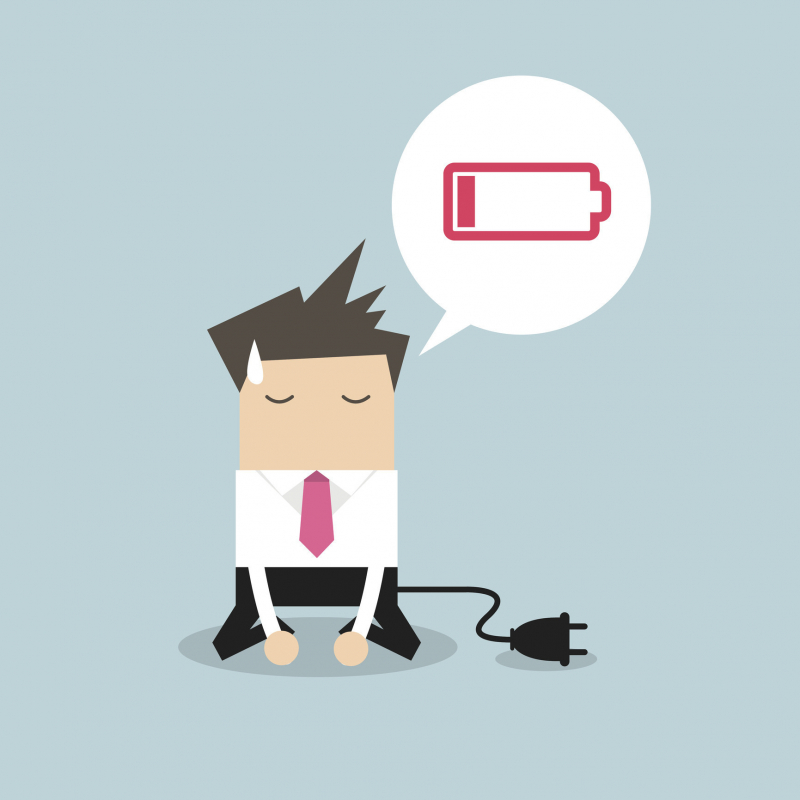
https://www.health.harvard.edu/ -
HIV compromises the immune system and may result in opportunistic infections that cause many symptoms. It’s possible to also experience a variety of symptoms when the virus is transmitted. Diarrhea, for example, may possibly develop as a result of treatment.
One of the most typical HIV symptoms is diarrhea. It may be minor or severe, occasionally resulting in loose stools. It may also be continuous (chronic). Determining the source of diarrhea in HIV-positive individuals can assist in choosing the best medications for long-term management and improved quality of life.
There are numerous potential causes of diarrhea in HIV patients. It might be a sign of acute HIV infection, another name for the virus. Within two months of transmission, HIV causes flu-like symptoms, including diarrhea, according to the Mayo Clinic. The risk of untreated diarrhea is very high. Dehydration or other potentially fatal problems can result from it. Anyone who has persistent diarrhea should get in touch with their doctor right once.

https://www.medicalnewstoday.com/ 
https://www.poz.com/ -
Aside from diarrhea or weakness and a fever that lasts longer than 30 days, HIV weight loss, also known as HIV wasting syndrome, is an unintended loss of more than 10% of body weight. With more advanced HIV, this kind of weight loss frequently happens.
Loss of lean body mass (LBM) is common, although body fat loss can also occur with weight loss. Despite the fact that antiretroviral medications (ART) have reduced the prevalence of severe weight loss, projections from 2016 predicted that between 14 and 38 percent of HIV-positive individuals would experience it. For those with HIV, the risk of death does rise by 1% for every pound lost over the initial weight. Additionally, this risk increases by 11% for every 1% more weight loss since the previous visit.
The amount of energy used while at rest, or REE, can increase due to HIV. One of the main causes of HIV weight loss is low calorie intake, although REE can speed up weight loss.
https://www.aidsmap.com/ 
https://indianexpress.com/ -
An HIV rash is irritated skin that affects people who have the virus. It can be itchy, red or purple, or painful. It might itch, turn red or purple, or hurt. Most HIV-positive individuals get a rash at some point. It is a typical sign of HIV infection that can appear in the acute or chronic stages. It can be one of the early indicators of disease for many people.
Many people are unaware that these symptoms could be indicators of an HIV infection because they can seem and feel similar to other common diseases (such as the flu or allergic response) and disappear rapidly. You might not have any more symptoms until much later after these initial ones have subsided.
Don't hesitate to seek medical care if you suspect HIV exposure and have a rash. You can readily determine if you have the virus by a blood test. You can start treatment as soon as you receive a diagnosis. Drugs will help you manage the virus, prevent AIDS from developing from your infection, and help you live a longer, healthier life. They will also lessen your chance of HIV transmission to others.

https://www.everlywell.com/ 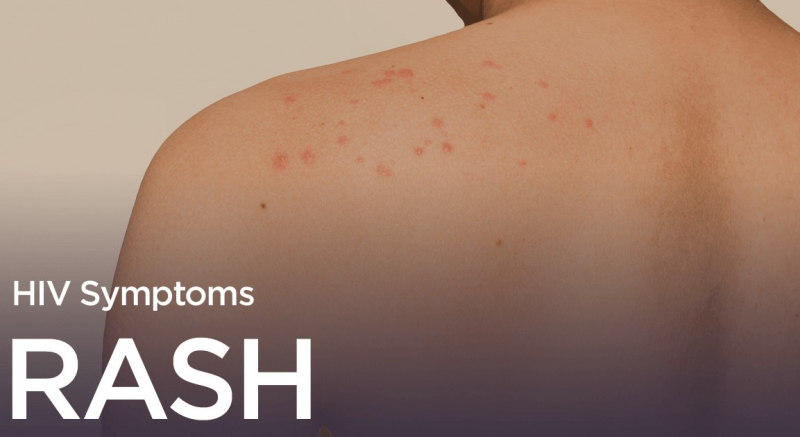
https://www.shimclinic.com/ -
People with HIV infection are more likely to develop a wide range of opportunistic pneumonias, neoplasms, and pulmonary diseases because the lungs are a primary target of problems linked to the human immunodeficiency virus (HIV). One of the HIV-related lung conditions that usually prompts referrals to respiratory specialists for diagnostic testing and treatment is opportunistic pneumonia. Significant sources of morbidity and mortality come from them.
The wide range of opportunistic pneumonias linked to HIV includes bacterial, mycobacterial, fungal, viral, and parasitic pneumonias. Bacterial pneumonia can happen at any stage of HIV disease and may be the first sign of an underlying HIV infection. HIV-positive people are more susceptible to bacterial pneumonia due to a number of risk factors, most notably immunological deficiencies.
One of the most frequent and possibly fatal causes of pneumonia in persons with HIV who have severely weakened immune systems is an infection with the bacterium Streptococcus pneumoniae, often known as pneumococcus. People with HIV should get vaccinated against Streptococcus pneumoniae.
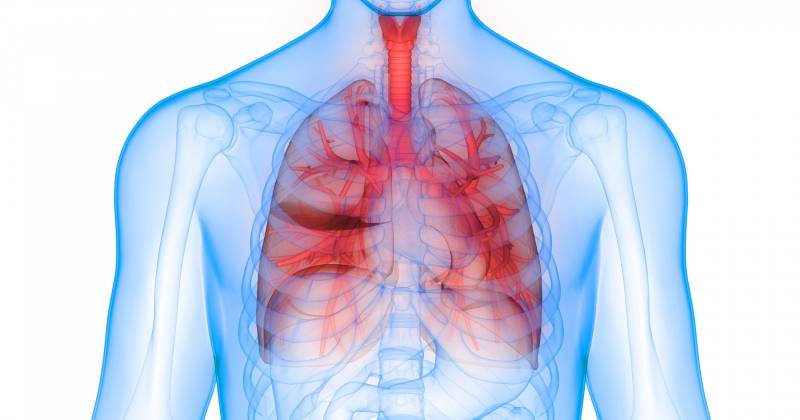
https://www.poz.com/ 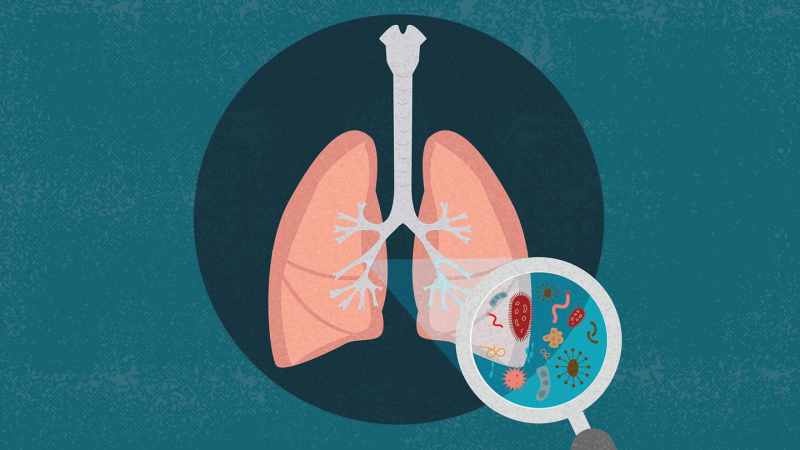
https://www.everydayhealth.com/ -
Herpes zoster, also called shingles, is a very painful disease caused by the same herpes virus that causes chickenpox (varicella-zoster virus). The varicella-zoster virus, like other herpes viruses, goes through an initial infectious stage (chickenpox), then a latent period. The virus then suddenly reactivates without prior notice. Shingles is the name of the virus after it has reactivated. Most people who have had chickenpox will later develop shingles—about 20% of people. Most susceptible to this virus's reactivation are those with compromised immune systems, such as those with HIV and those who are over 50.
Nerve tissue is where Herpes zoster thrives. Itching, numbness, tingling, or intense pain in the shape of a belt on the chest, back, or region around the nose and eyes signal the beginning of a shingles outbreak. Rarely, the nerves in the face or eyes can contract shingles. This may result in outbreaks around the tip of the nose, around the lips, on the face, neck, and scalp, as well as in and around the ear.
Almost typically, shingles outbreaks only affect one side of the body. A rash develops on the patch of skin near the irritated nerve in a few of days. As they grow, little blisters ooze fluid. They eventually split open and form crusty scabs. Scratching the blisters increases the risk of skin infection. Scarring could result from this and antibiotic therapy may be necessary.Most of the time, shingles disappears within a few weeks, but occasionally, the excruciating pain can continue for months or even years. Post-herpetic neuralgia is the medical term for this ailment.
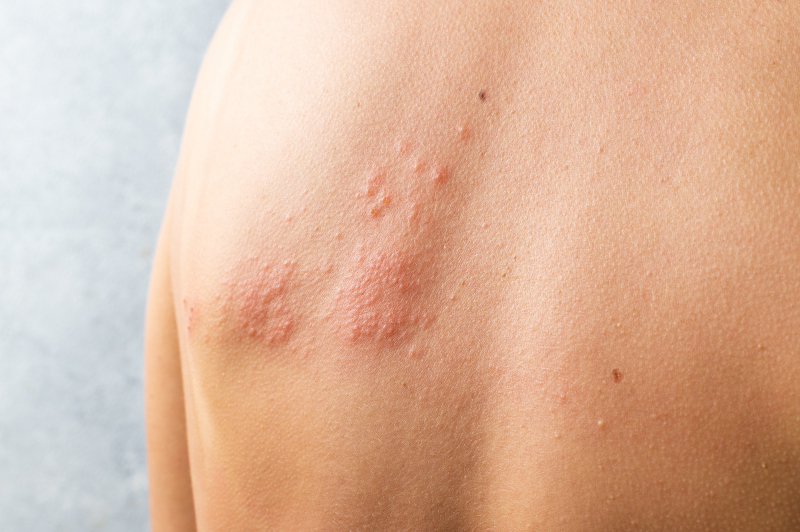
https://www.mcdowellsherbal.com/ 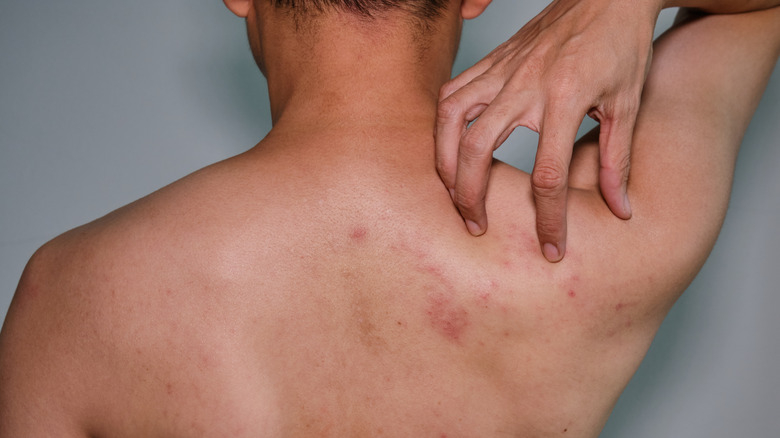
https://www.healthdigest.com/ -
HIV increases the risk of STIs in both men and women. However, women, and those with a vagina, may be less likely than men to notice small spots or other changes to their genitals. A prevalent condition is candidiasis, sometimes referred to as a vaginal yeast infection. A healthy vagina has some yeast cells as well as bacteria. But when the balance of bacteria and yeast changes, the yeast cells can multiply. This causes itching, swelling, and irritation. In a few days, symptoms of a vaginal yeast infection can disappear with treatment

https://www.womenshealth.gov/ 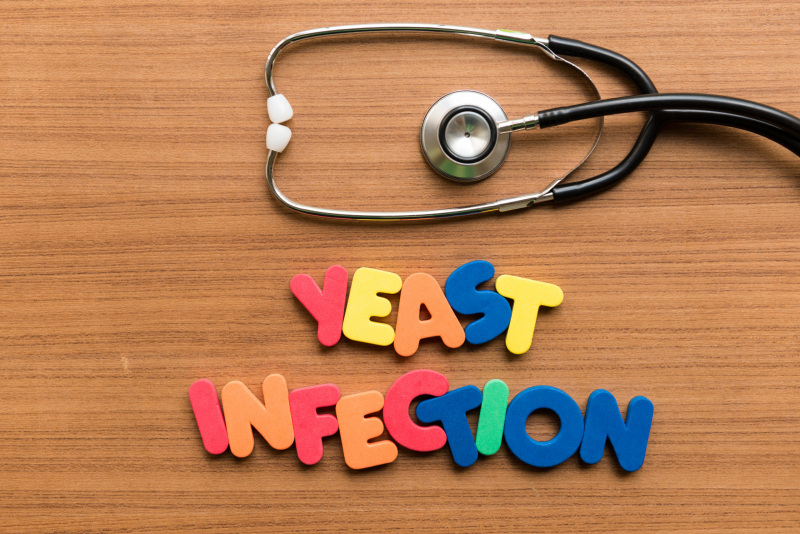
https://healthlibrary.askapollo.com/ -
Pain brought about by HIV can appear in many different ways. HIV-positive individuals may experience pain as a direct result of the infection or as a side effect of HIV therapy and other drugs. People with HIV frequently have headaches, joint, muscle, and bone pain, or stomach pain. From mild to severe, pain can feel like intense pressure, a tightening, or a throbbing sensation. Headaches can be brought about by infections, low CD4 cell counts, or other HIV-related disorders.
HIV can be associated with arthritis and osteoporosis, both of which can cause pain in the joints, muscles, and bones. Without treatment, HIV can also impair immunity, making the body more vulnerable to opportunistic infections. These infections can sometimes affect the digestive system, resulting in uncomfortable symptoms including inflammation and stomach pain. Painful abdominal cramps can also be a side effect of several HIV therapies.

https://acceleratedurgentcare.com/ 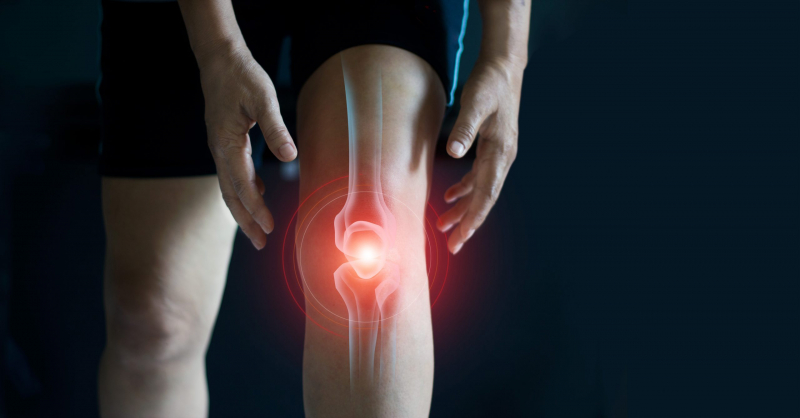
https://globalhospitalsmumbai.com/















